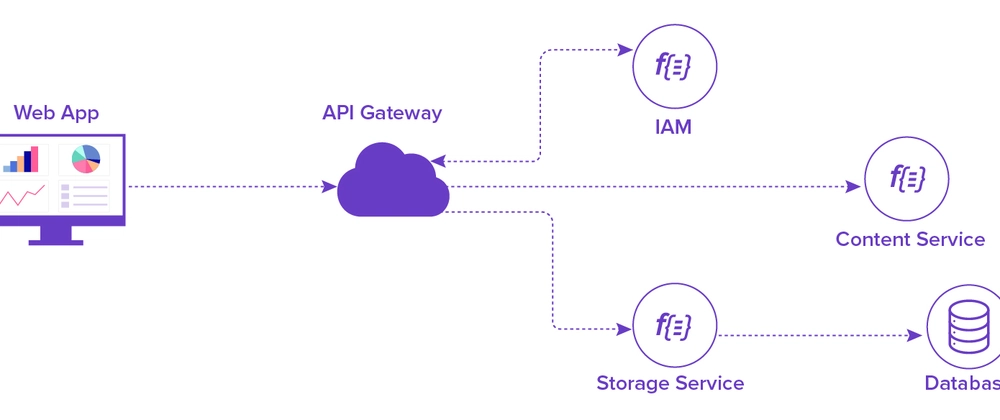In today’s fast-paced development landscape, Serverless Architecture has emerged as a game-changer. It enables businesses to build and deploy applications without worrying about infrastructure management. As a senior developer or CTO, adopting serverless can lead to better scalability, cost efficiency, and faster time-to-market.
What is Serverless Architecture?
Serverless architecture is a cloud-native model where applications rely on backend services fully managed by cloud providers. Developers only focus on writing code, while the provider takes care of server provisioning, scaling, and maintenance.
Key Benefits:
- No Server Management – No need to maintain or provision servers.
- Event-Driven Execution – Functions run in response to events (e.g., HTTP requests, database changes).
- Auto-Scaling – Instantly scales based on demand, eliminating capacity concerns.
- Pay-as-You-Go Pricing – Costs are based on actual usage, reducing unnecessary expenses.
- Stateless Functions – Each function runs independently, making deployments easier.
Core Components of Serverless Architecture
1. Function as a Service (FaaS)
FaaS enables running small, independent functions triggered by events. Leading providers include:
- AWS Lambda (Amazon Web Services)
- Google Cloud Functions
- Azure Functions
- IBM Cloud Functions
- Oracle Functions
2. Backend as a Service (BaaS)
BaaS offloads backend management by using cloud-hosted services for databases, authentication, and storage. Popular options:
- Firebase (Google’s real-time database, authentication, and hosting)
- AWS Amplify (Full-stack serverless framework)
- Supabase (Open-source Firebase alternative)
- Auth0 (Authentication & Authorization)
3. Event Triggers
Serverless applications react to specific events like HTTP requests, file uploads, and database updates. Key event-driven services include:
- AWS API Gateway – Manages HTTP requests to AWS Lambda
- Google Pub/Sub – Event messaging for distributed systems
- Azure Event Grid – Handles event-driven workflows
4. Managed Databases & Storage
Serverless applications require scalable, managed storage solutions. Examples:
- Amazon DynamoDB – NoSQL, fully managed
- Firebase Firestore – Real-time NoSQL database
- Google Cloud Firestore – Cloud-native NoSQL
- AWS S3 – Serverless file storage
Real-World Use Cases
Serverless is not just a trend—it’s a practical solution for various applications:
- REST APIs & Microservices (e.g., API Gateway + AWS Lambda)
- Real-time Data Processing (e.g., Log streaming, Analytics)
- Chatbots & Notifications (Automated message handling)
- IoT Applications (Processing sensor data in real-time)
- Automated Backups & CRON Jobs (Scheduled tasks with minimal overhead)
The Verdict: Is Serverless Right for You?
Serverless architecture is an excellent choice for startups, enterprises, and any business looking to optimize cloud spending while improving agility. However, it’s essential to consider factors like cold start times, vendor lock-in, and debugging challenges before diving in.
As a CTO or tech lead, embracing serverless can help your team move faster and innovate without operational burdens. The future is serverless—are you ready to adopt it?





Top comments (0)